The first published computer program was written by a woman. The programmers of the world’s earliest digital computers were women. The inventor of the significant technology behind the most widely used programming language in the twentieth century was a woman. The software which was responsible for the first landing of men on the moon was written by a programming team led by a woman.
Clearly women are capable of being excellent programmers, but in a classic example of our culture preventing natural abilities from shining, the information technology industry is dominated by men. Worse, girls in the West are still growing up in societies that expect them not to be as good at using information technology as boys, or interested in becoming information technology professionals.
A little bit of history demonstrates how wrong those attitudes are.
This week Ada Lovelace Day was celebrated around the world to recognise women’s achievements in Science, Technology, Engineering and Maths (STEM). It is named in honour of the women who is widely recognised as the world’s first programmer – Ada Lovelace.
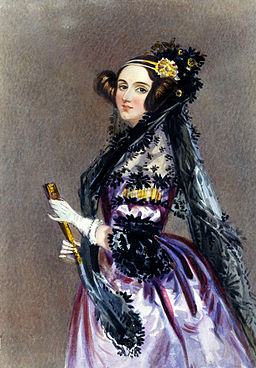
Ada Lovelace was the daughter of the poet, Lord Byron. Her parents had separated when she was a baby and her mother ensured that she had a mathematical education to counter what her mother saw as the ‘madness’ of Byron’s poetical mind. She was mentored by another important nineteenth century female scientist, Mary Somerville. Through Somerville Lovelace met Charles Babbage, the inventor of the forerunner to modern computers. Ada Lovelace claimed to write instructions for Babbage’s Analytical Engine even though the machine had not been built. She had to work off Babbage’s plans for this complex machine and discussions with him.
The instructions for the Analytical Engine that Lovelace claimed to write are now regarded as the first published computer program.
However, there is an ongoing debate about how much of this was her work and how much was that of Babbage himself. Clearly Babbage would have had to, at the very least, devise some simple instructions while creating this machine and to check his design. Hence I have observed that Lovelace was the stated author of the world’s first published program. (See Addendum at the end of this post for more discussion about this debate)
What was probably even more insightful about her work was her observation that the machine could be used to run many sorts of different programs. In Ada Lovelace’s ground breaking paper published in 1842, she observed:
The Analytical Engine, on the contrary, is not merely adapted for tabulating the results of one particular function and of no other, but for developing and tabulating any function whatever. In fact the engine may be described as being the material expression of any indefinite function of any degree of generality and complexity
Ada Lovelace also considered the question of artificial intelligence:
The Analytical Engine has no pretensions whatever to originate anything. It can do whatever we know how to order it to perform. It can follow analysis; but it has no power of anticipating any analytical relations or truths. Its province is to assist us in making available what we are already acquainted with.
(Wow, I became so absorbed by Ada Lovelace’s work that I am reading some of her paper from 1842.)
Nearly one hundred years later, computing pioneer, Alan Turing picked up on Ada Lovelace’s arguments about artificial intelligence to develop his own thinking in this area. (Turing’s article from 1950 is another interesting one that has side-tracked me somewhat.)
Ada Lovelace was an important pioneer in information technology, but she was not the only one.
Women ‘Computers’ and Operators
During the first half of the twentieth century computers were human. A computer was an occupation, not a machine. People were employed to do the complicated, technical calculations required by modern war and science. During World War II many of these ‘computers’ were women due to a shortage of men during the War and they didn’t pay women as much for the same role (sounds familiar).
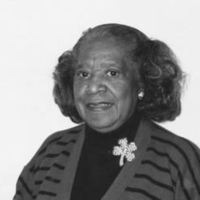
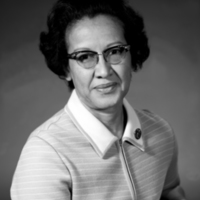
Women computers and code breakers were employed at Britain’s top-secret code-breaking organisation at Bletchley Park during World War II. Across the Atlantic women with university degrees in maths and science were recruited to calculate missile projections for the army in the United States. African-American women graduates were also employed to as human computers, but were segregated from the white women at this time.
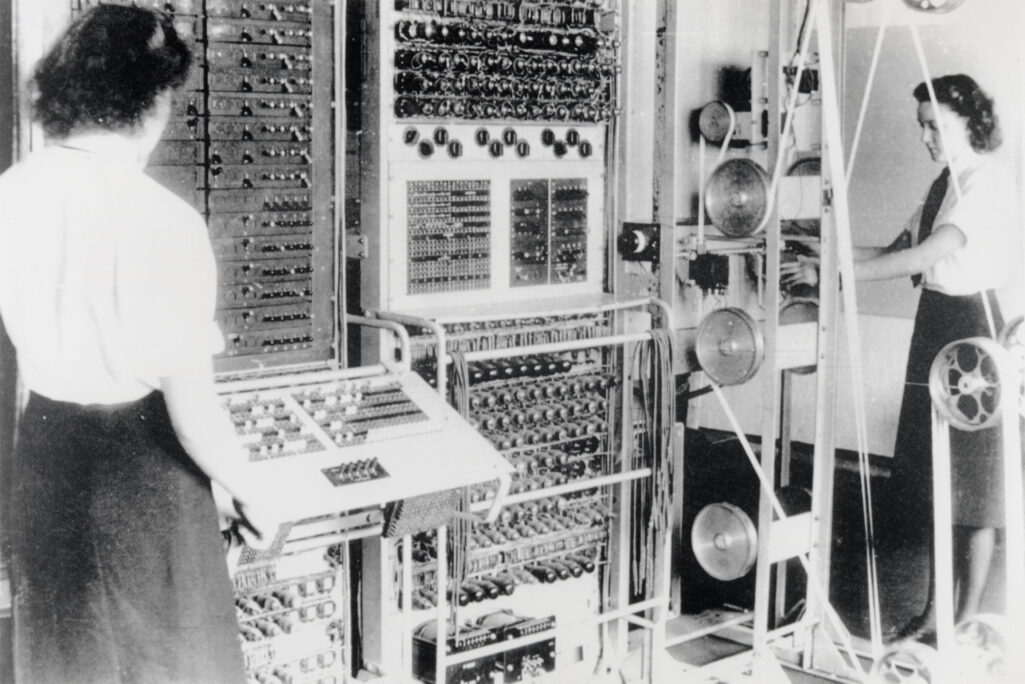
When the first modern computers were invented, women operators were used to set the computers up for each task they were to perform. One of the earliest programmable, electronic computers was Britain’s Colossus machine at Bletchley Park. Operating this computer involved carefully moving cables and inserting tapes into the machine. Women were employed around the clock to operate Colossus in its task of breaking German war codes.
Women Programmers
At about the same time in the United States the famous ENIAC computer was built to help the military during the War. Whereas Britain kept the Colossus computer secret after the War, the ENIAC computer was presented to the public in 1946. The men who invented the ENIAC machine were publicly recognised but not the women who programmed it. The women had no manual and no prior example to follow. They were presented with the machine and diagrams from which they had to work out by themselves how to make the machine work. At the time this extraordinary achievement was not recognised. The interest then was in those who invented the physical machine. As historian, Nathan Ensmenger has pointed out, it was programming which transformed computers from useless machines into the engine which has led to the information age (p.33).
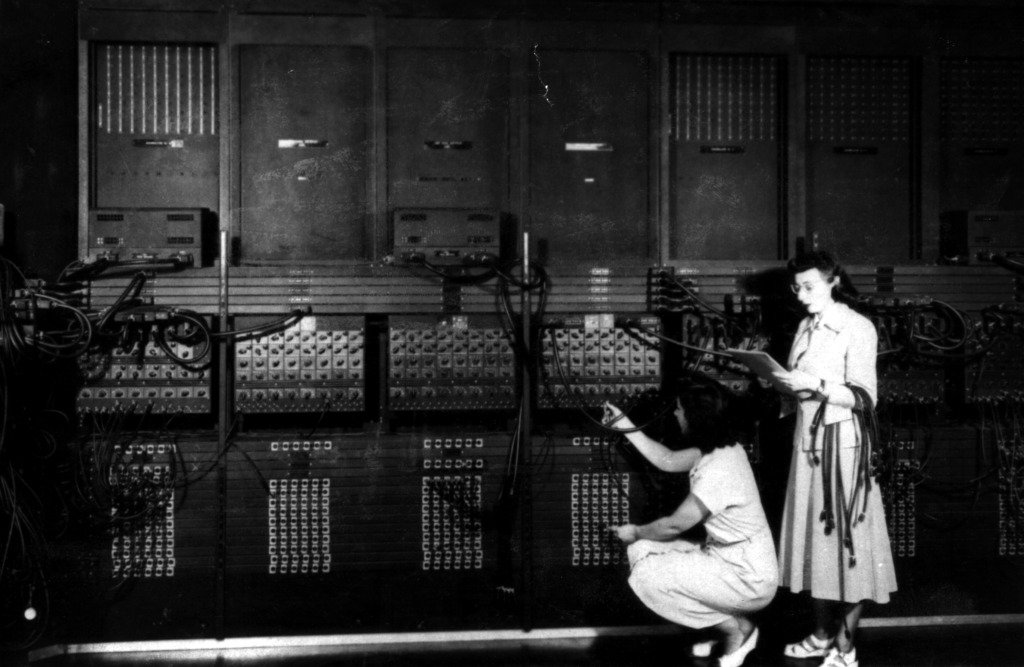
Fortunately now the ENIAC programmers, Kathleen McNulty, Mauchly Antonelli, Jean Jennings Bartik, Frances Synder Holber, Marlyn Wescoff Meltzer, Frances Bilas Spence and Ruth Lichterman Teitelbaum are recognised for their work on this pioneering machine, and for their contributions to the advances in computing after the War.
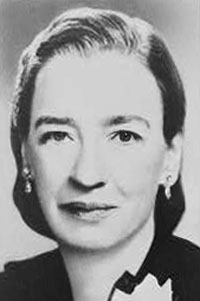
Many women were involved in the early days of computing after the War. One of the most significant women in the industry was Grace Hopper. She had gained a PhD in maths from Yale in 1934. During the War she had enlisted with the Navy and was working for them at Harvard’s Cruft Laboratory where she was one of the programmers of their Mark I computer. After the War Hopper wrote the manual for the Mark I computer. (Another distraction – but I refrained from reading more than a few pages of it)
Grace Hopper is a giant in the development of computing. While working in private industry after the War she invented the compiler. This was a huge leap in computing as it meant that programmers could use English words to code, relying on the compiler to translate them to machine language the computer could understand. Hopper then went on to develop the first computer language that used English words. This language and her compiler, her vision and technical advice, were instrumental in the development of COBOL – the most widely used programming language in the world during the twentieth century. While it is regarded as a ‘legacy’ language, it is still in use today.
Grace Hopper returned to the Navy in 1967 and eventually reached the rank of Rear Admiral. She was a great teacher and presenter. Have a look at this video of her explaining what a nano-second is:
[youtube https://www.youtube.com/watch?v=JEpsKnWZrJ8&w=420&h=315]
The enormous contribution made by Grace Hopper to the development of information technology is increasingly recognised as this short video about her accomplishments demonstrates.
There were many women programmers in the 1950s and 1960s. It was regarded as a suitable profession for them. In 1967 the public relations officer for IBM, I J Seligsohn wrote a book titled Your Career in Computer Programming, in which he observed:
Given a complex customer problem, a female analyst/programmer will often handle the problem better than would her male colleagues with equivalent experience and ability. Not because businessmen are more lenient or show favoritism toward the female of the species, but because the female is often more sensitive to the nuances of a problem and to the complex interpersonal relations that may be part of the problem. In a very real sense, every computer problem with a customer is also a customer relations problem, and this is where feminine tact, insight, and intuition, combining with solid programming and analytical ability, can really pay off for the girl programmer.
Quoted in Nathan Ensmenger, ‘Your Career in Computer Programming‘, 23/2/2015.
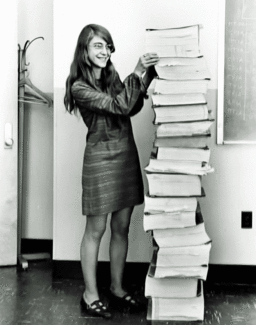
It was in this environment that Margaret Hamilton took charge of the programming team for NASA which was working on the first landing of man on the moon. At one stage this team had four hundred programmers. The software they were developing was used to help navigate and control the spacecraft used in the landing. This software was the forerunner to today’s automated navigation and landing systems used in airplanes.
Margaret Hamilton led the programming team for other Apollo missions as well as the Skylab project.
I have highlighted just a few women who made an extraordinary contribution to the development and use of information technology. Today women who work in information technology come from many different cultural backgrounds like Aboriginal woman, Susan Beetson who has worked as a systems administrator and web developer and is now doing a PhD examining the experiences of people networking through social media.
In 1987 42% of software developers in the United States were women. I don’t know how many women were programmers in Australia at the time, but my mother was a programmer and she worked with other women programmers. The proportion of women programmers in the West has declined significantly since the 1980s. The Australian Computer Society has found that in 2013 24.5% of the technical and professional Information Communications Technology (ICT) occupations across all industries were women. Within the ICT industry itself only 18.4% of technical and professional ICT employees were women.
There are many people and organisations like those behind the Ada Lovelace Day who are trying to arrest the decline in female participation by highlighting how much we owe to the women pioneers in computing. This history smashes any notion that women do not have the same capacity for working with technology as men.
Computers were brought to you today by both women and men.
References
I have hyperlinked all the online references. There is just one hard copy reference:
- Nathan Ensmenger, The Computer Boys Take Over, (The MIT Press: 2011).
Women Rock Science is an excellent Tumblr blog about women’s contribution to STEM both historically and today.
~~~~~~~~~~~~~~~~~
Version 2 – Amendments to this Post
I have made a couple of important amendments to this post in response to an article in The Guardian in 2012 by historian of science, Rebekah Higgitt which digital archivist, David Underdown, pointed out to me on Twitter after I published this post. All the amendments are concerning Ada Lovelace and are indicated by italics in the body of the post above (the quotes in italics were in the original post and have not changed).
Higgitt points out that a number of historians dispute the claim that Ada Lovelace was the first programmer. There is some concern about whether she was the originator of the ‘Notes’ in her 1842 article, or whether Babbage wrote the program that appears in the article. Clearly Babbage would have had to understand how his machine worked in order to invent it and it is probable that he had already written some, at the very least, simple programs while designing his Analytical Machine. This is why in the original article, I had modified the claim by saying Lovelace had written the first published program.
Science is imbued with politics and always has been. Scientists need to establish their claim to originality and get the attention of benefactors. Higgitt points out that Lovelace was important to Babbage because she was upper class. She was a vehicle through which he could get the attention of people who would validate and fund his work.
But why would Babbage seek a woman in Victorian England, not a man, to further his career? Why wouldn’t Babbage’s name have appeared as a co-author if he wrote such a substantive part of the article? Clearly Lovelace had the capacity to understand both Babbage’s invention and the implications of it when hardly anyone else did. Her commentary on the intellect of the machine and its more universal application were important and original. It may be obvious to us today, but to have the scientific imagination to originate these concepts takes an exceptional mind.
If there had been a man of Lovelace’s intellect and class who recognised what Babbage was doing, surely Babbage would have turned to him.
In her article Higgitt cites a discussion about this debate on Wikipedia. I read this article while writing this post. Two historians who argue that it was Babbage, not Lovelace, who wrote the program in the 1842 article are quoted. Bruce Collier is quoted as saying:
It is no exaggeration to say that she was a manic depressive with the most amazing delusions about her own talents, and a rather shallow understanding of both Charles Babbage and the Analytical Engine.
When I saw this I was very unimpressed. There have been many people with mental illnesses who have made significant contributions to science. If that is the standard of the argument against the claim about the originality of her work, then it is not worth digging further – and I didn’t when writing the original post.
To be fair to Bruce Collier, this may be just one throw-away line from considerable work he has done about this history. I managed to track down his 1970 PhD thesis, The Little Engines that Could’ve: The Calculating Machines of Charles Babbage, and found some much more moderate comments about Lovelace’s role. In this thesis Collier says, “it is equally clear that the ideas were indeed Babbage’s and not hers; indeed, she never made any claim to the contrary”. Yet surely putting her name on the 1842 paper is a claim that the work is hers? Collier does not allocate much space to teasing out this issue. His comments are suggestive but not convincing. However, he offers a reason why Babbage did not write an article himself about the Analytical Machine. He was more interested in the plans of the machine, than writing papers.
The other historian cited in the Wikipedia article is an historian who specialised in the history of computing, Allan G Bromley. I tracked down his article from which the Wikipedia quote is taken. Sadly there are no references in this publication to back up Bromley’s claims. Bromley has written other articles about Babbage’s work: ‘Charles Babbage’s Analytical Engine, 1838’ Annals of the History of Computing 4(July 1982):196-217, ‘The Evolution of Babbage’s Calculating Engines’, Annals of the History of Computing 9( 1987): 113-136. Unfortunately I don’t have access to these.
The Wikipedia article indicates that this issue has not been settled by also citing some authors who argue that Lovelace did write an algorithm that computed a formula.
The recognition of the originators of scientific ideas can be difficult, if not murky. Without being able to read articles behind paywalls and books that are hard to access all I can say is there is a debate about the authorship of Lovelace’s article.
Higgitt points out the importance of collaboration in science and how this often gets ignored. Information technology is a good example of this. A program cannot be written without having a machine to run it. A computer is useless without a program – Ensmenger’s point. The maker of the machine and the programmer are dependent on each other. Lovelace and Babbage in many respects were a team on the operation of the Analytical Machine, and unusually for the nineteenth century, both members of the team have received recognition. I am sure that Babbage would have written at least some small algorithms, and he certainly encouraged Lovelace to write the article and discussed the contents of it with her.
At this stage I think it is plausible that Lovelace wrote the program in her 1842 article but I am open to further evidence that she did not. Given the amount of publicity given to Ada Lovelace’s status as first programmer on the internet, it is important that evidence refuting this claim is made freely available online.
Originally this post was titled ‘Women were the First Computer Programmers’. Rebekah Higgitt pointed out on Twitter that this is misleading. She is right, so I have added the word ‘Among’ to the title.
Reblogged this on Blogs by Bahais.
Thanks for taking the time to write this, I loved it. Having worked as a trainer/instructional designer in ICT you’ve got me thinking again about the numbers of women in the sector now, quite often it was just me!
I really appreciate your comment Melissa 🙂 Did you work in an educational institution or were you a workplace trainer?
I worked for a consulting company, so designing in house training for specific ICT projects. I’m now doing my PhD, a novel on women cartographers of WWII, so this post interested me in a few ways.